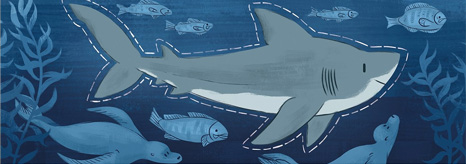Picture Books for K-2
Inserting new lessons into curriculum is difficult. But it’s not hard to simply swap the books teachers currently read to students with books about stewardship of the Earth. These particular books highlight the importance of community participation (not just individual behavior changes), the role of women and people of color in sustainability efforts, the power children can have as change-makers, the plethora of innovative solutions to the climate crisis, and food systems (which is a very teachable aspect of the climate crisis that is usually overlooked for young kids). They also have wonderful illustrations.

The Tantrum that Saved the World
by Megan Herbert and Michael E Mann
A girl uses her voice to push for education and change re global warming, and taps into the power of collective action.
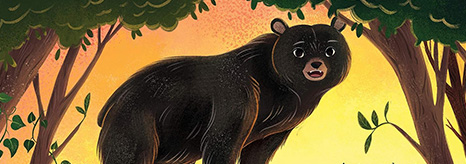
Time to Roar
by Olivia A. Cole
About knowing when it’s necessary to insist on changing the status quo, using a cast of animal characters who all try using their voices in different ways.
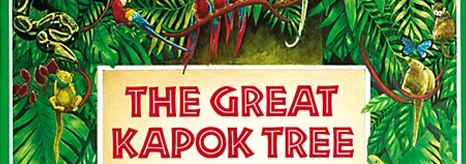
The Great Kapok Tree
by Lynne Cherry
About the diversity and beauty of the Amazon rainforest, and ends with a man who decides not to cut down a tree in spite of first planning to do so.

Amara and the Bats
by Emma Reynolds
A young girl rallies her classmates to create a nature preserve that will encourage bats to return to the area.
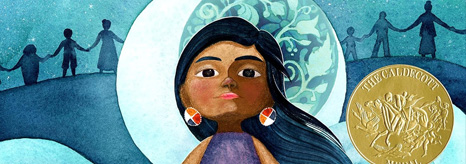
We are Water Protectors
by Carole Lindstrom
A Native American story about the Dakota Access Pipeline protests and the need to be stewards of the Earth.
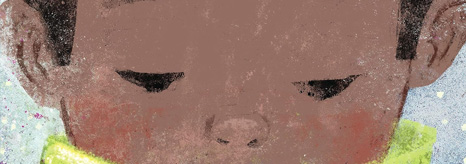
To Change a Planet
by Christina Soontornvat
An inspiring description of the power of people working together to address climate change.
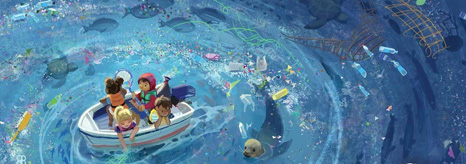
The Mess that we Made
by Michelle Lord
A light-hearted approach to plastic trash and the responsibility of humans to clean up the oceans.

The Watcher: Jane Goodall’s Life With the Chimps
by Jeanette Winter
A child-friendly biography of Jane Goodall.
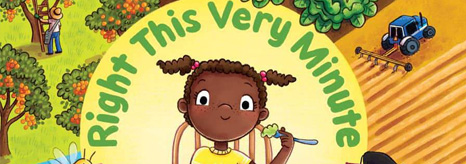
Right This Very Minute
by Lisl Detlefsen
An exploration of how food is grown and the importance of farmers.
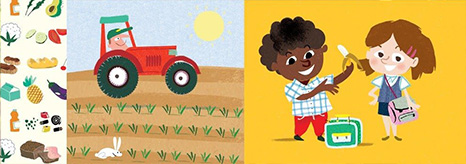
How Did That Get in My Lunchbox?: The Story of Food
By Chris Butterworth
A step by step guide to how ingredients get turned into the food on our table and all the machines involved in processing and transporting it.
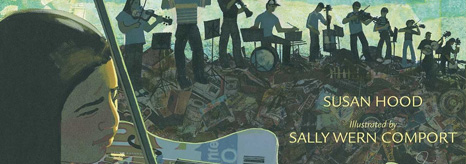
Ada’s Violin: The Story of the Recycled Orchestra of Paraguay
by Susan Hood
Based on a true story about children who formed an orchestra made of instruments created from trash in a landfill.
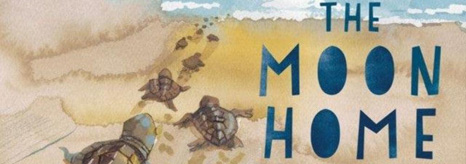
Follow the Moon Home
by Philippe Cousteau and Deborah Hopkinson
Based on a true story about a class that worked together to help sea turtles.

The Salamander Room
by Anne Mazer
About a boy who tries to turn his bedroom into the perfect habitat for a salamander.
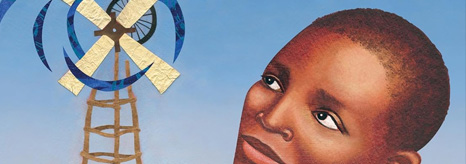
The Boy Who Harnessed the Wind: Picture Book Edition
by William Kamkwamba and Bryan Mealer
About a young boy who designed a windmill in rural Malawi, thereby bringing electricity and irrigation to his village.
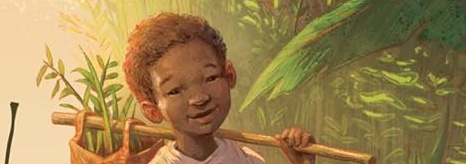
The Boy Who Grew a Forest: The True Story of Jadev Payeng
by Sophia Gholz
About an Indian boy who planted trees to reclaim animals’ habitats.
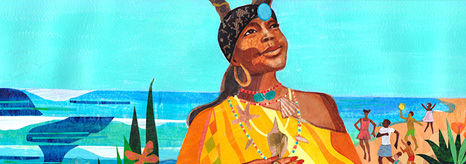
Saving American Beach: The Biography of African American Environmentalist MaVynee Betsch
by Heidi Tyline King
About a woman who decides to use collective action to have a beach saved and preserved.
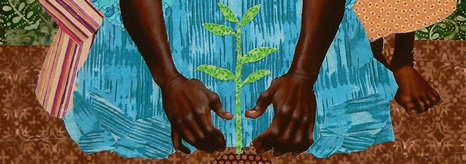
Mama Miti: Wangari Maathai and the Trees of Kenya
by Donna Jo Napoli
About a Kenyan woman who started a movement to plant trees and prevent soil erosion and combat deforestation.

One Plastic Bag: Isatou Ceesay and the Recyling Women of the Gambia
by Miranda Paul
True story of an African woman who began a movement to upcycle plastic bags that were polluting her neighborhood.
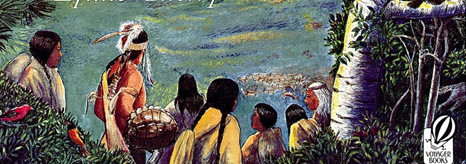
A River Ran Wild: An Environmental History
by Lynne Cherry
Another true story about modern day descendants of indigenous Americans and how they cleaned up a polluted Massachusetts river.

Home
by Jeannie Baker
A wordless book comprised only of collages depicting urban renewal in a neighborhood that was environmentally degraded.
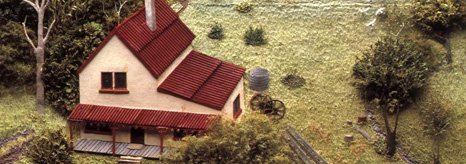
Window
by Jeannie Baker
A wordless picture book showing exponential change through the eyes of one family whose rural home becomes developed.
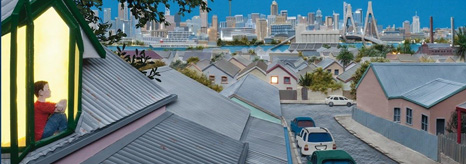
Mirror
by Jeannie Baker
A wordless picture book about parallel lives of children in Morocco and Australia.
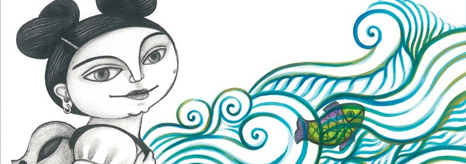
I Know the River Loves Me/Yo se que el rio me ama
by Maya Christina Gonzalez
Simple story personifying a river and depicting a love of nature, in Spanish and English.
